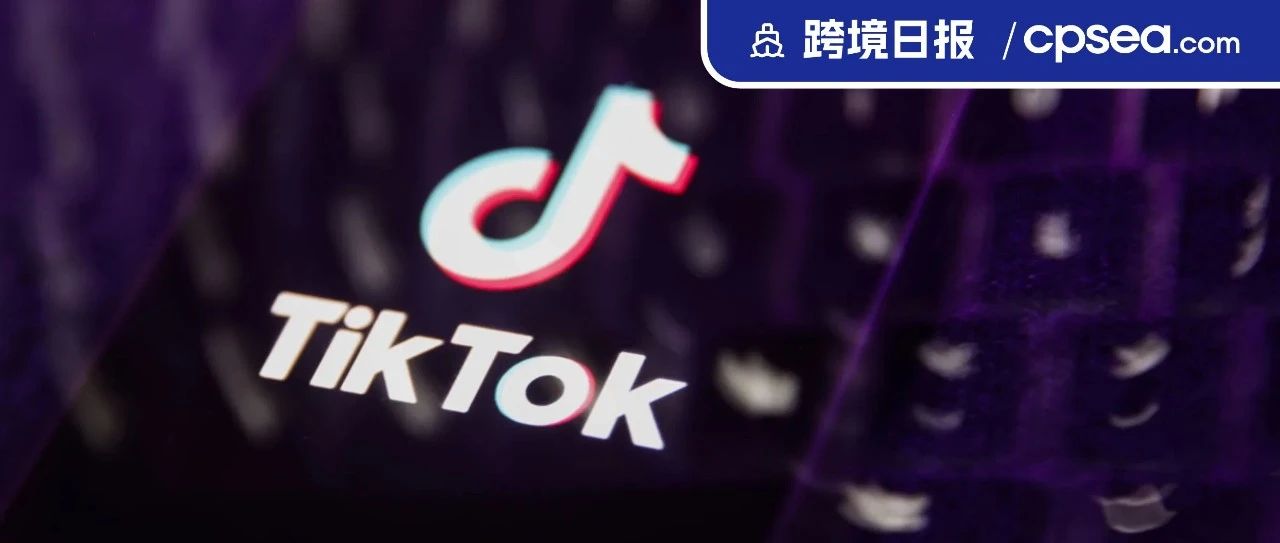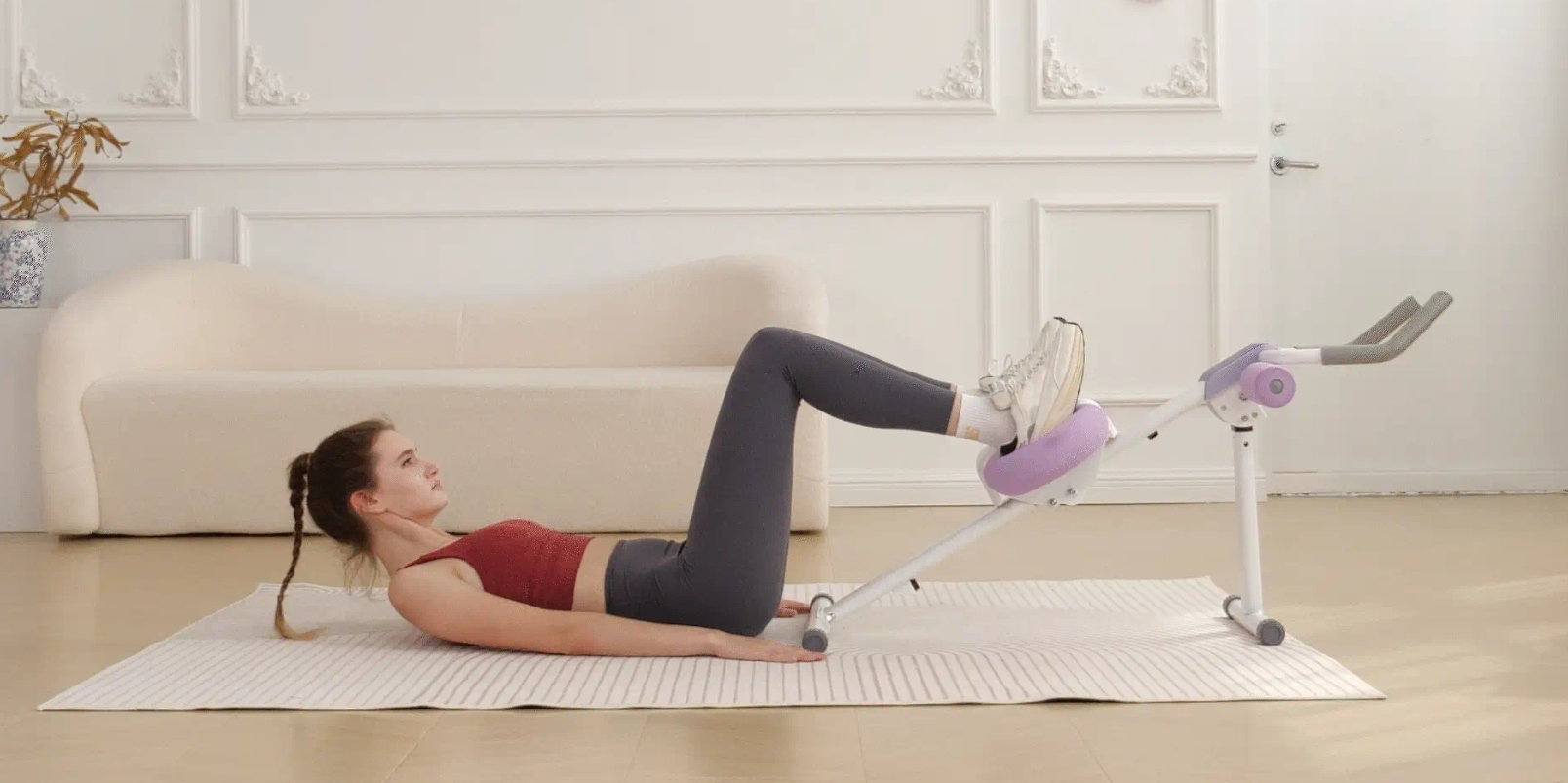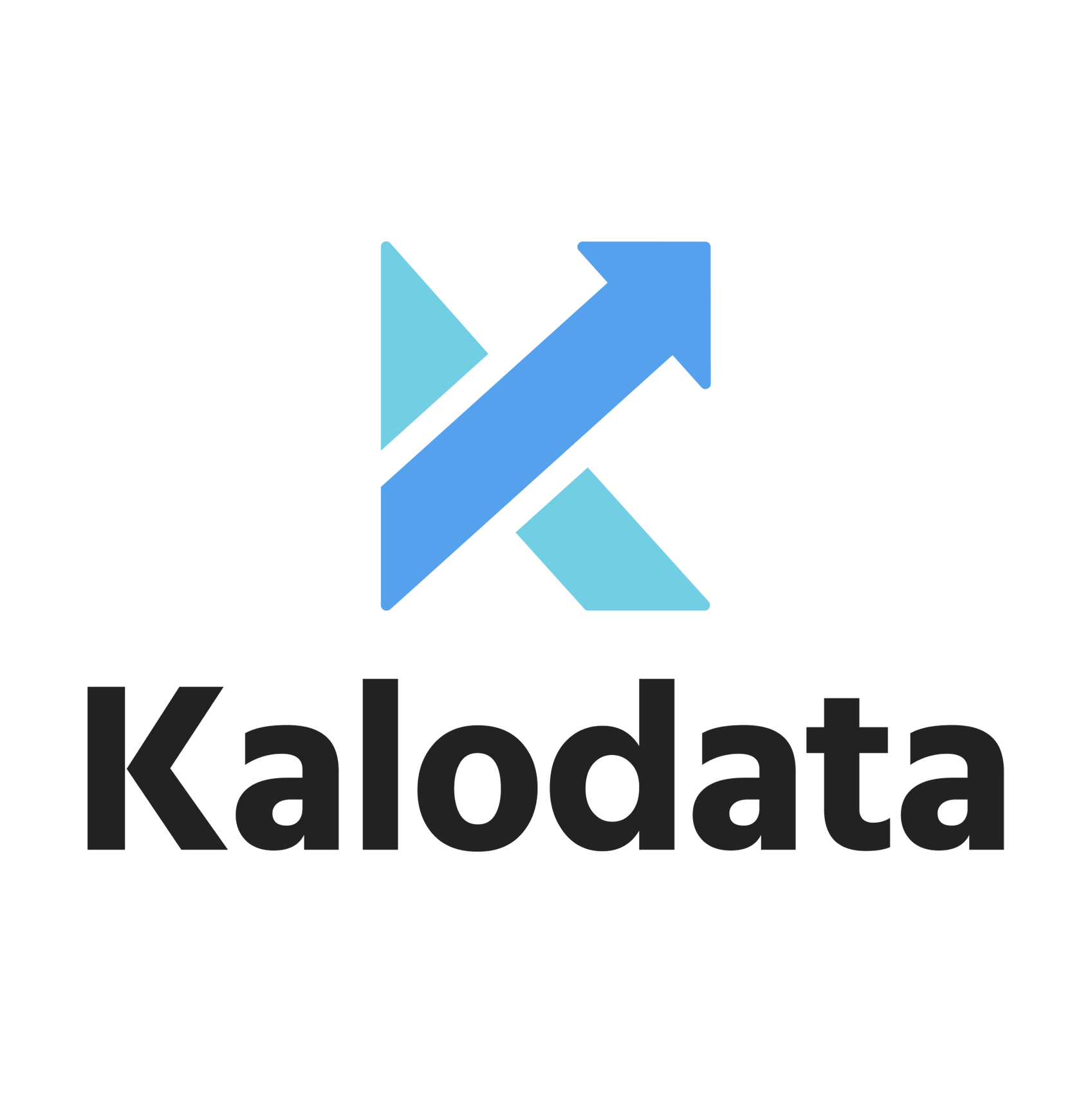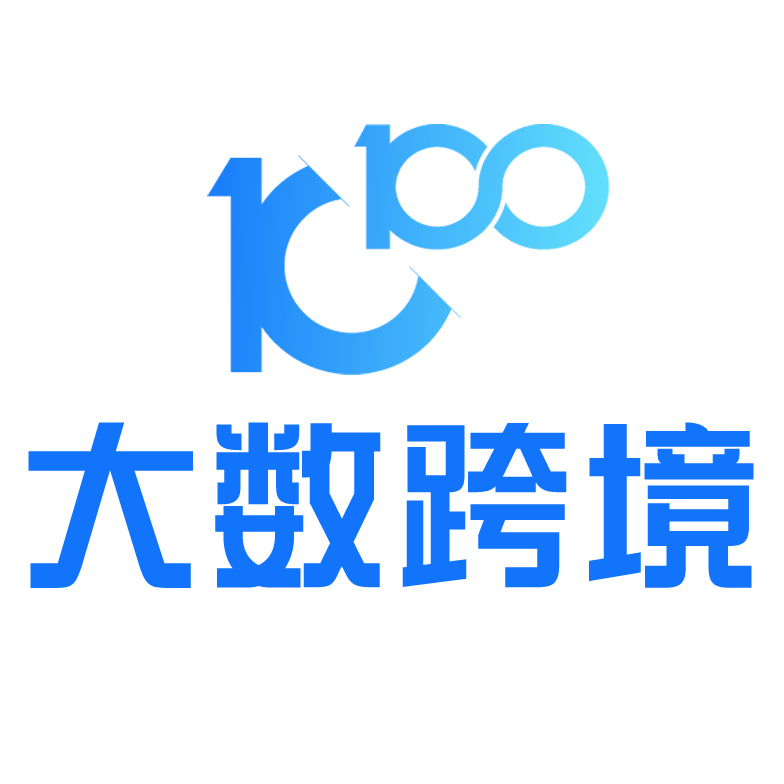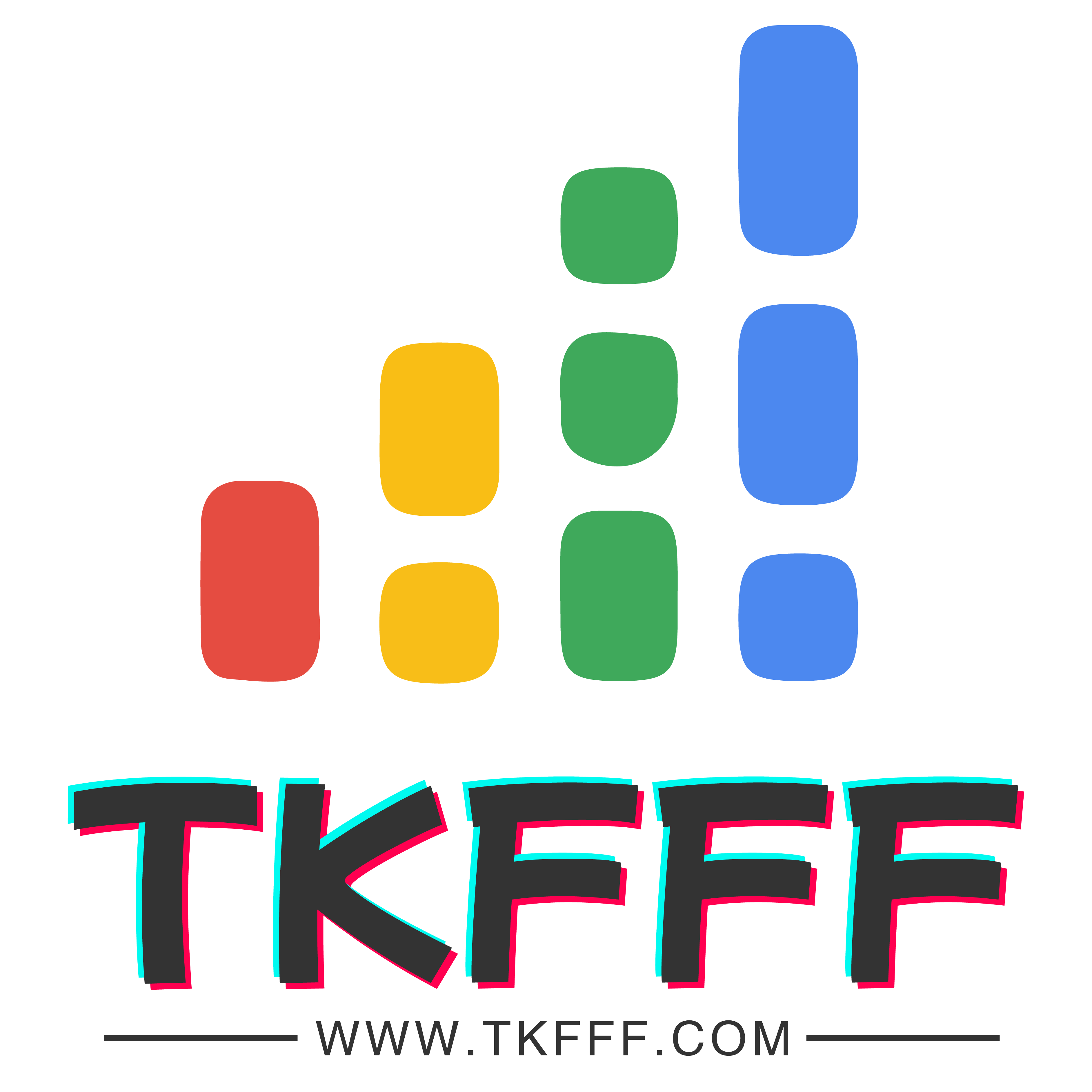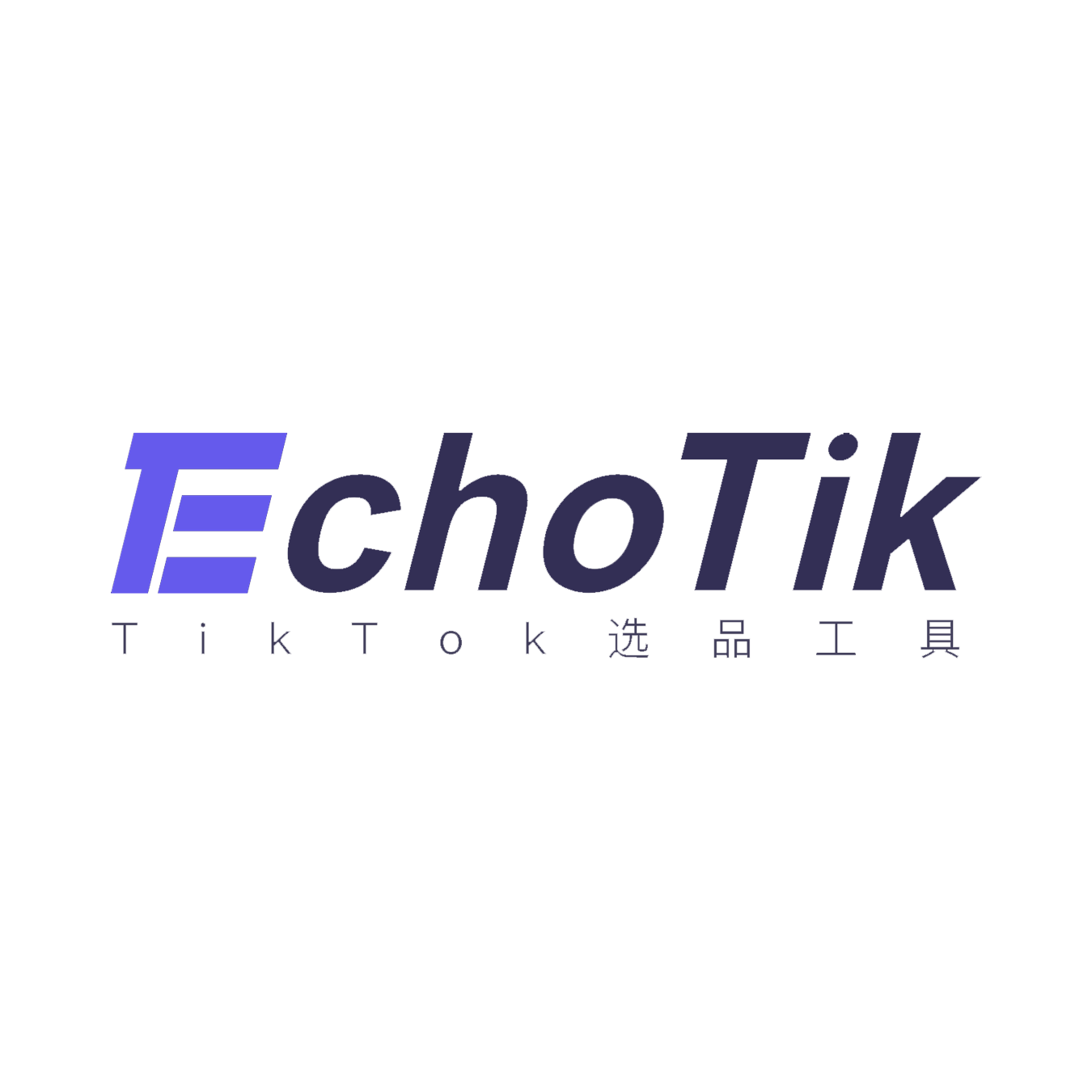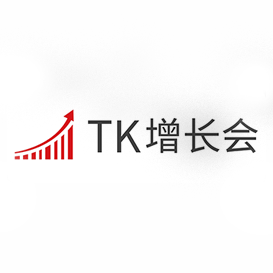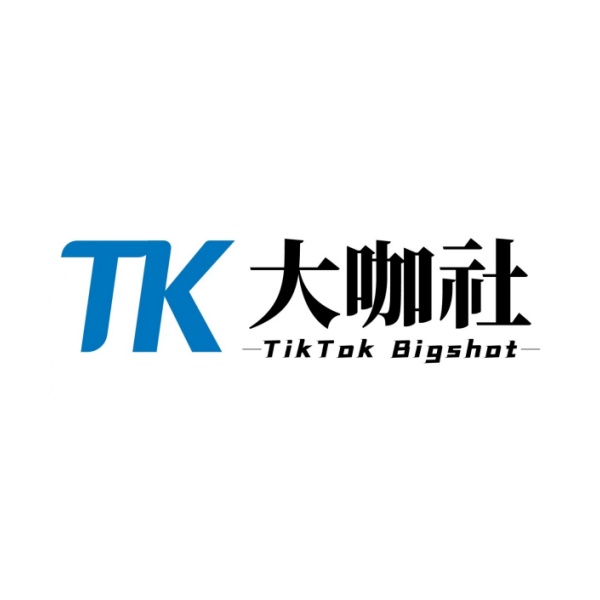The truth behind 5 unconventional self-care rituals that have gone viral on TikTok
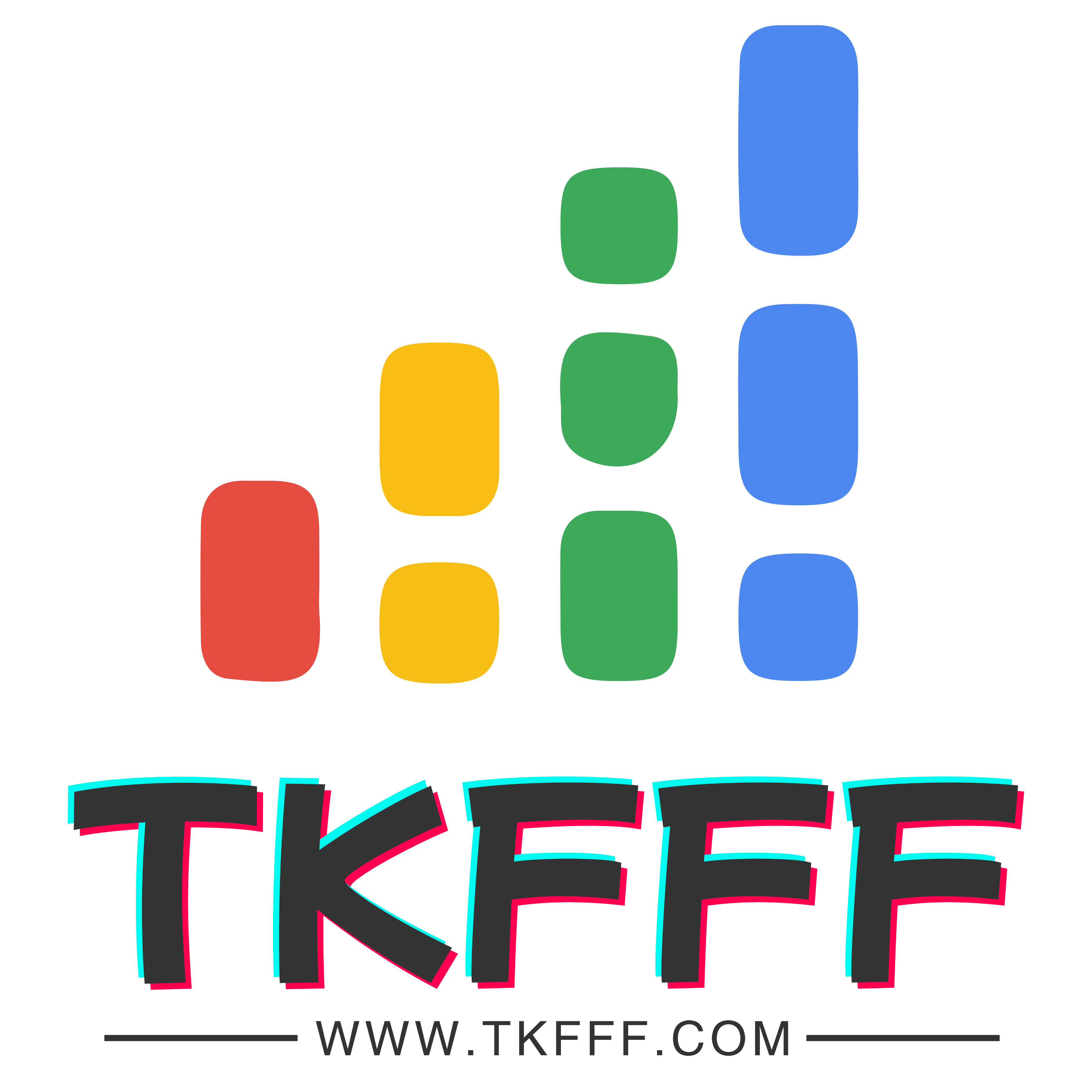
TKFFF · 2024-03-27 15:00
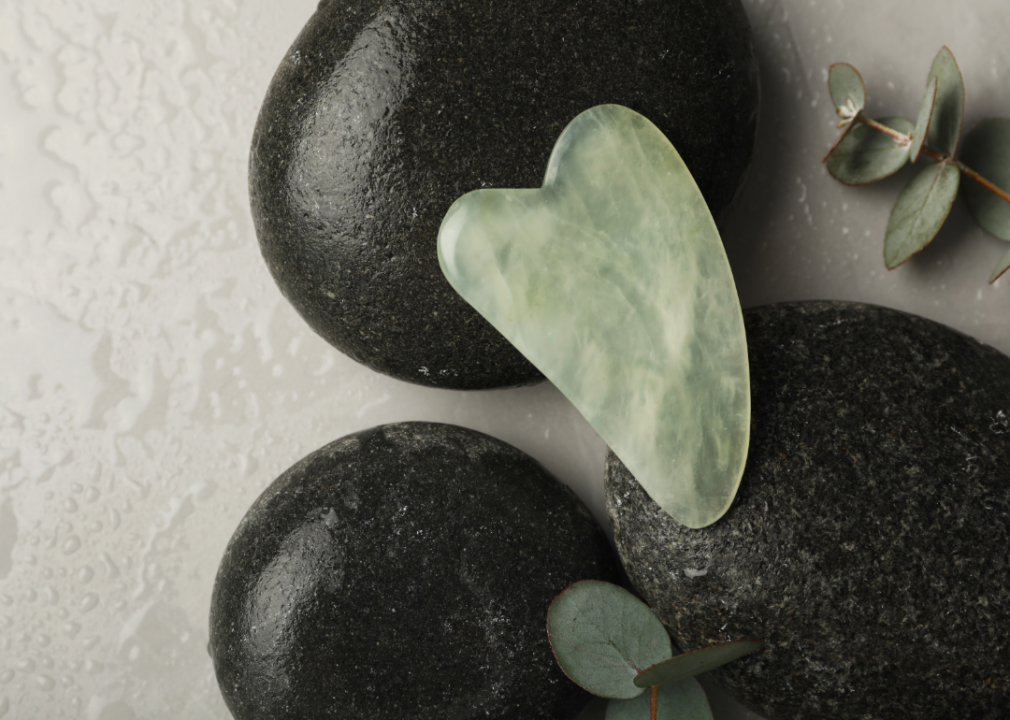 Happy National Self-Care Awareness Month! In the digital age, self-care has taken on a new dimension of popularity from social media platforms like TikTok. From quirky skincare routines to morning rituals, these #SelfCare trends have captured the attention of users seeking quick and shareable ways to enhance their well-being. But do these viral self-care practices truly have a lasting positive impact on mental and emotional health? Guava Health explores the psychological and scientific benefits behind these trends and whether they hold up in the long run.
Psychologically, self-care rituals tap into the concept of routine and structure. Engaging in rituals, even seemingly simple ones, can provide a sense of control, reduce anxiety, and help anchor individuals during uncertain times. The act of performing a ritual can trigger the brain's reward system, releasing feel-good neurotransmitters like dopamine, which reinforces the behavior and contributes to a positive emotional response.
In an era where attention spans are shorter than ever, the brevity of TikTok videos works to its advantage. The 15 to 60-second format forces creators to distill their self-care rituals into concise yet impactful routines. This format aligns with the modern desire for instant gratification, making these routines accessible to a wide range of viewers.
The following self-care rituals have been trending on TikTok since 2023.
Happy National Self-Care Awareness Month! In the digital age, self-care has taken on a new dimension of popularity from social media platforms like TikTok. From quirky skincare routines to morning rituals, these #SelfCare trends have captured the attention of users seeking quick and shareable ways to enhance their well-being. But do these viral self-care practices truly have a lasting positive impact on mental and emotional health? Guava Health explores the psychological and scientific benefits behind these trends and whether they hold up in the long run.
Psychologically, self-care rituals tap into the concept of routine and structure. Engaging in rituals, even seemingly simple ones, can provide a sense of control, reduce anxiety, and help anchor individuals during uncertain times. The act of performing a ritual can trigger the brain's reward system, releasing feel-good neurotransmitters like dopamine, which reinforces the behavior and contributes to a positive emotional response.
In an era where attention spans are shorter than ever, the brevity of TikTok videos works to its advantage. The 15 to 60-second format forces creators to distill their self-care rituals into concise yet impactful routines. This format aligns with the modern desire for instant gratification, making these routines accessible to a wide range of viewers.
The following self-care rituals have been trending on TikTok since 2023.
1. Getting natural sunlight first thing in the morning
One captivating trend within the realm of self-care is the emphasis on getting a dose of natural sunlight early in the morning. The practice of basking in the gentle morning rays has gained traction for its potential to set a positive tone for the day. Scientifically, exposure to sunlight triggers the production of serotonin, a neurotransmitter associated with mood elevation. Additionally, sunlight serves as a primary source of vitamin D, crucial for bone health, immune function, and overall well-being. While the trend suggests catching sunlight right upon waking, it's essential to recognize that the benefits of daily sunlight can extend beyond those initial moments. The concept of morning sunlight underscores the importance of integrating outdoor time into our routines, promoting physical activity and a sense of connection with nature. Whether you step outside right away or savor sunlight during a mid-morning break, the key lies in making sunlight a consistent presence in your daily life, reaping the rewards of nature's nourishing embrace.2. Incorporating chia seeds into your diet
One superfood has emerged as a symbol of nourishment and adaptability: chia seeds. These tiny powerhouses have garnered attention for their impressive nutritional profile, including high fiber, omega-3 fatty acids, and a range of vitamins and minerals. Whether in smoothie bowls, overnight oats, or chia seed puddings, the versatility of chia seeds makes them a go-to ingredient for enhancing meals with an extra boost of sustenance. Some TikTokkers have taken the chia seed trend to innovative heights, incorporating these tiny, expanding seeds into water and drinking the mixture to stave off hunger. Interestingly, chia seeds can absorb as much as 12 times their weight when wet. As they enlarge in the stomach, they occupy space and contribute to feelings of satiety, potentially aiding weight management. However, it's important to note that this practice may lead to side effects like bloating and digestive discomfort, especially if not consumed with sufficient liquid. Additionally, excessive consumption of chia seeds can have potential drawbacks, underscoring the importance of maintaining moderation in your dietary choices. While this trend can be an interesting approach to curbing appetite, it shouldn't replace a well-rounded and healthy diet. A glass of chia water or bowl of overnight oats now and then can serve as a helpful trick, but it's not a comprehensive solution. The essence of the chia seed trend highlights the importance of embracing nutrient-rich foods and adopting a balanced approach to overall well-being.3. Submerging your face in ice-cold water
The action of submerging one's face in cold water has gained traction as a revitalizing and refreshing morning ritual. This habit is often recognized for its ability to awaken the senses, reduce puffiness, and provide an overall refreshing start to the day. The sensation of cold water on the skin triggers vasoconstriction, causing blood vessels to narrow and potentially reducing inflammation and swelling. This healthy practice can indeed offer a quick and uplifting way to greet the morning. Nonetheless, it's crucial to maintain realistic expectations. While the habit of icing your face can provide temporary benefits, it's not a cure-all for more complex skin concerns. Issues such as acne, genetic under-eye bags, and wrinkles have multifaceted causes that often require a combination of strategies: proper skincare, nutrition, and professional guidance. Thus, while the ritual of cold water immersion can be a valuable addition to your morning routine, it's essential to approach it as a complementary practice rather than a standalone solution.4. Eating as much protein as you weigh
The trend of consuming "as much protein as you weigh" has gained attention for its seemingly straightforward approach to optimizing health and fitness. Protein is undoubtedly a vital macronutrient, playing a crucial role in muscle repair, strengthening your immune system, boosting your metabolism, and overall well-being. Incorporating sufficient protein into one's diet is essential, especially for those who are physically active. However, the notion that one should consume a gram of protein per pound of body weight is not necessarily a universally accurate guideline. Striving to eat such a high amount of protein daily can be highly unachievable and potentially unnecessary for many individuals. The Recommended Dietary Allowance (RDA) for protein is a conservative 0.36 grams per pound of body weight. The RDA represents the amount of nutrients needed to meet basic health requirements in order to avoid sickness. It is not necessarily the exact amount you must eat every day. Nutritional needs vary based on factors such as age, activity level, and overall health status. The key to a balanced approach is recognizing the significance of protein intake while acknowledging that individual requirements differ. Consulting a registered dietitian or healthcare professional can provide personalized insights into protein needs and help create a sustainable and tailored dietary plan that supports your unique well-being goals.5. Using gua sha for your skin
The ancient practice of gua sha has experienced a renaissance, captivating modern enthusiasts with its holistic approach to skin health and relaxation. Rooted in traditional Chinese medicine, gua sha involves gently scraping the skin's surface with a smooth-edged tool to promote circulation, reduce tension, and enhance lymphatic drainage. This practice has gained popularity on social media platforms like TikTok, where users showcase their personalized gua sha routines. Beyond its aesthetic appeal, gua sha's benefits extend to the realm of stress relief and well-being. It's essential to recognize that gua sha, while potentially beneficial, is not a one-size-fits-all solution. Like any wellness practice, its effectiveness varies from person to person, and its results may be more pronounced when integrated into a comprehensive self-care regimen. While gua sha can indeed contribute to a sense of relaxation and rejuvenation, it's important to approach it with an understanding of its cultural roots and a willingness to incorporate it thoughtfully into your broader self-care journey. In conclusion TikTok's influence on self-care has added a new dimension to well-being, spotlighting easily shareable practices that resonate with a tech-savvy audience. Scientific research indicates that engaging in regular self-care rituals, even if brief, can contribute to long-term well-being. Consistency is key, as the brain responds to repeated actions by forming neural pathways that support positive habits. However, they should be seen as complements to deeper self-care methods rather than replacements. Importantly, as viral trends emerge, it's crucial to remember that the internet cannot replace professional advice. Consultation with medical experts is essential, emphasizing that, while intriguing, health hacks should be approached with caution and medical consultation. [ad]文章来源:
TKFFF公众号
扫码关注领【TK运营地图】

TKFFF合作,请扫码联系!

文章来源: 文章该内容为作者观点,TKFFF仅提供信息存储空间服务,不代表TKFFF的观点或立场。版权归原作者所有,未经允许不得转载。对于因本网站图片、内容所引起的纠纷、损失等,TKFFF均不承担侵权行为的连带责任。如发现本站文章存在版权问题,请联系:1280199022@qq.com
分享给好友:


